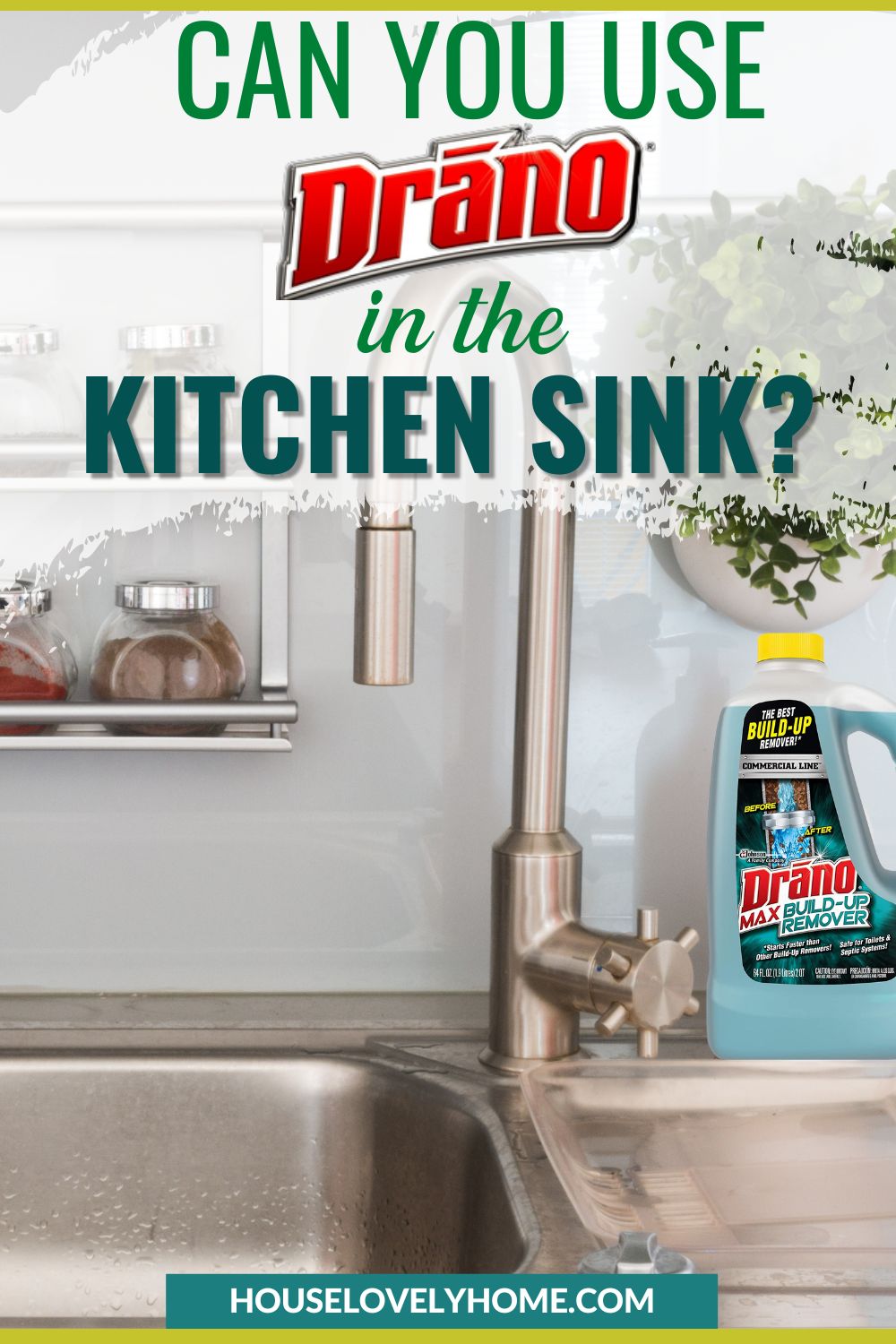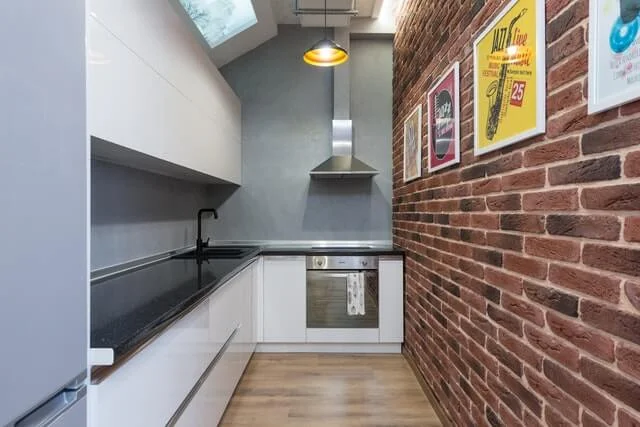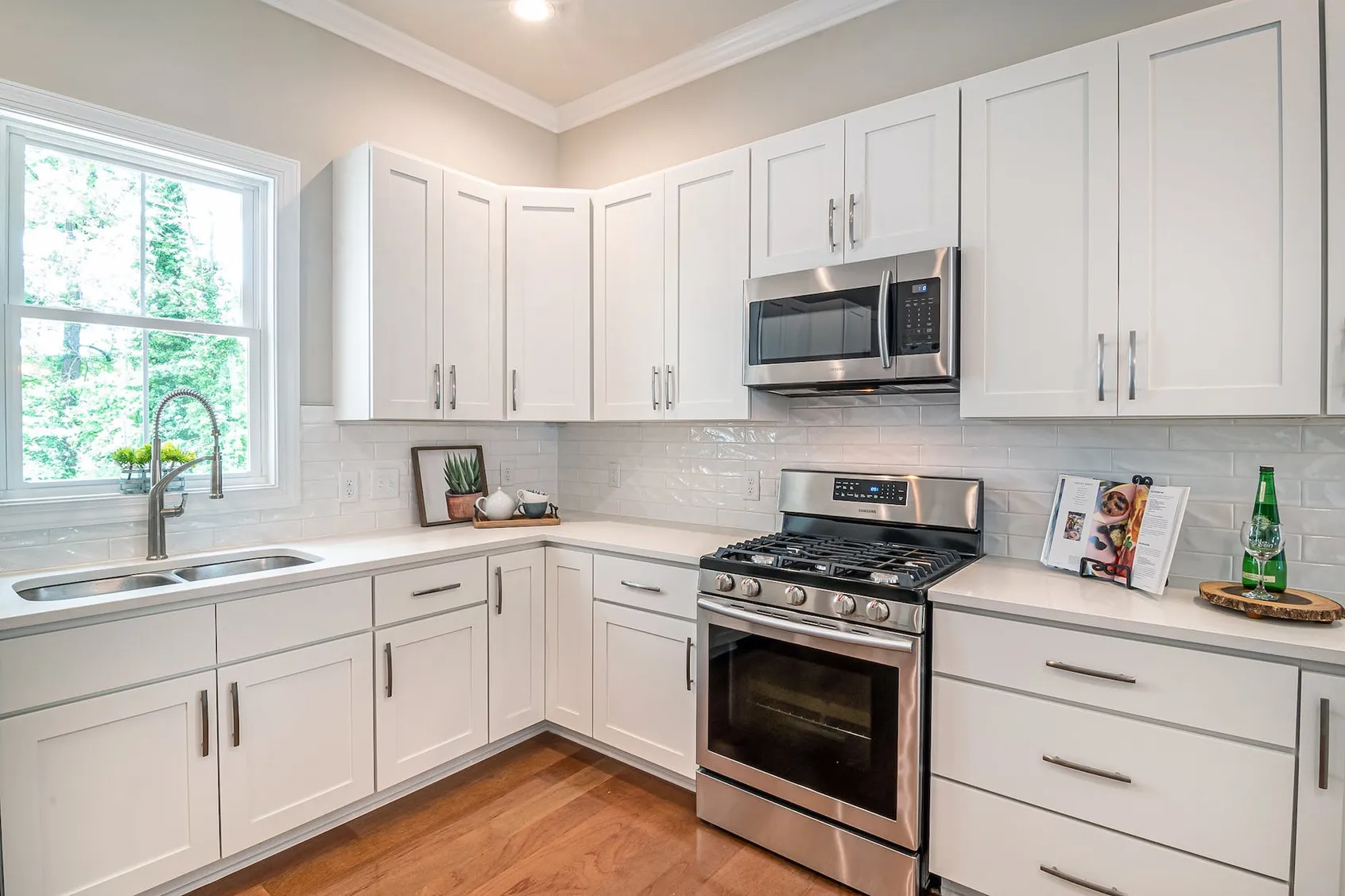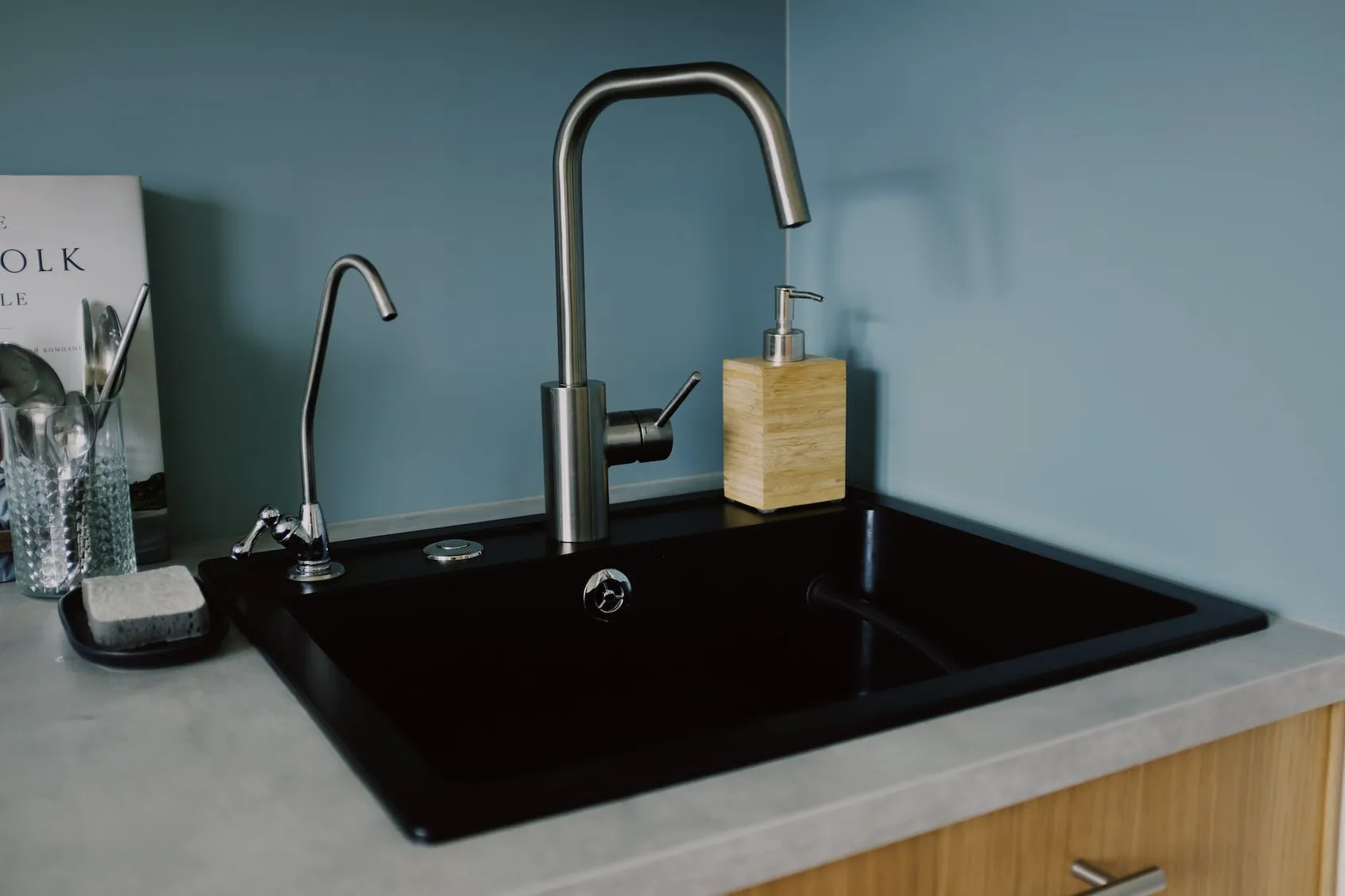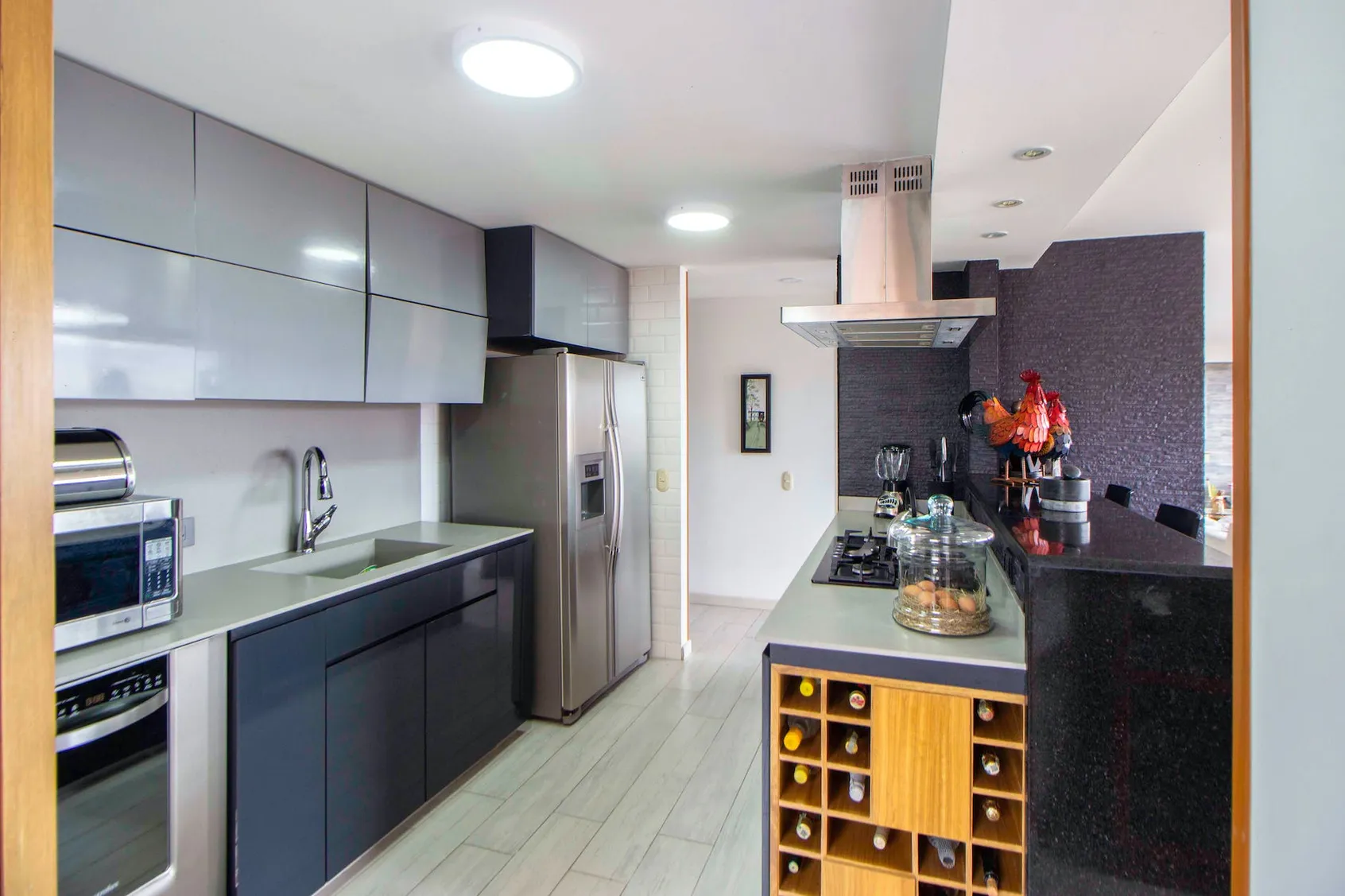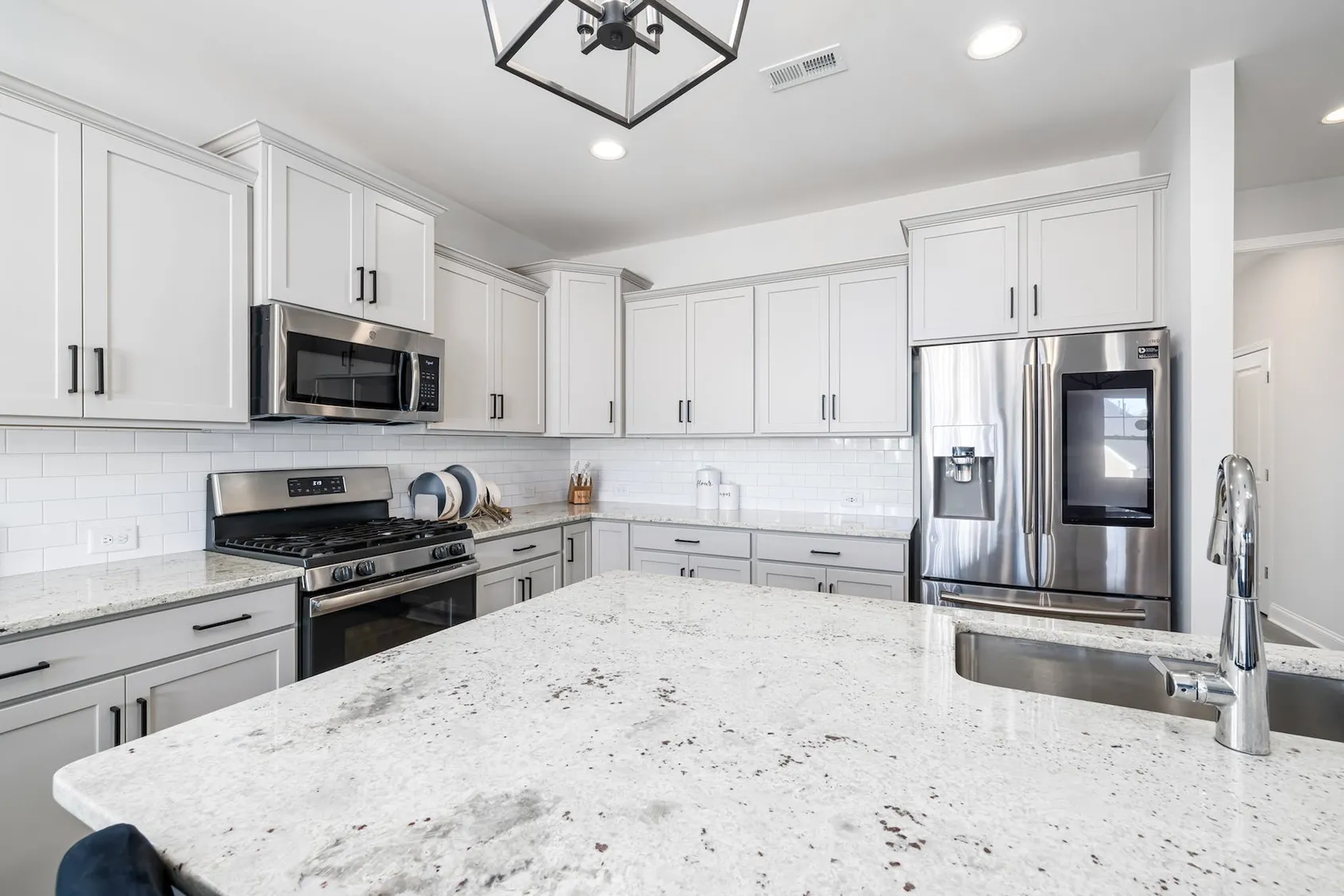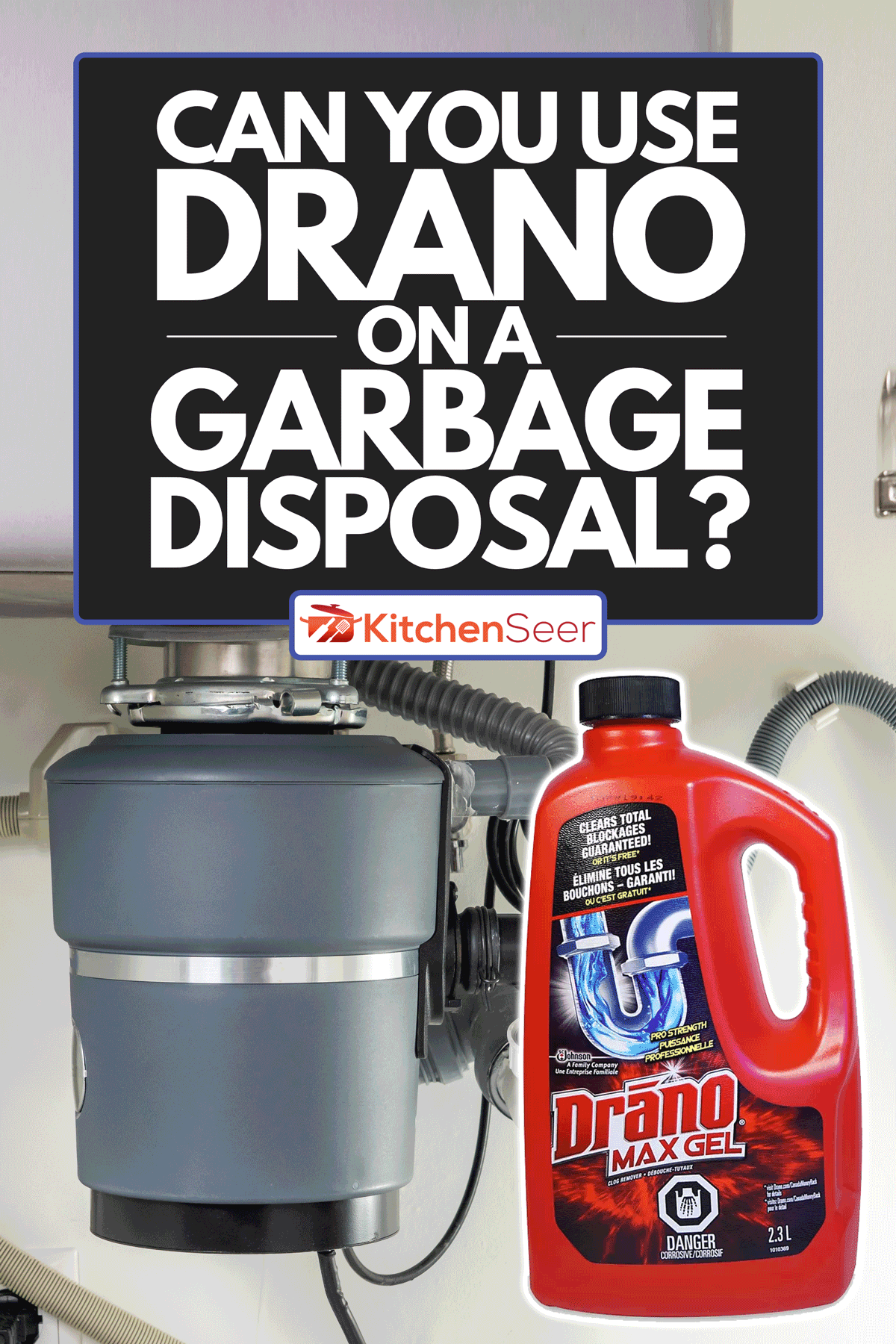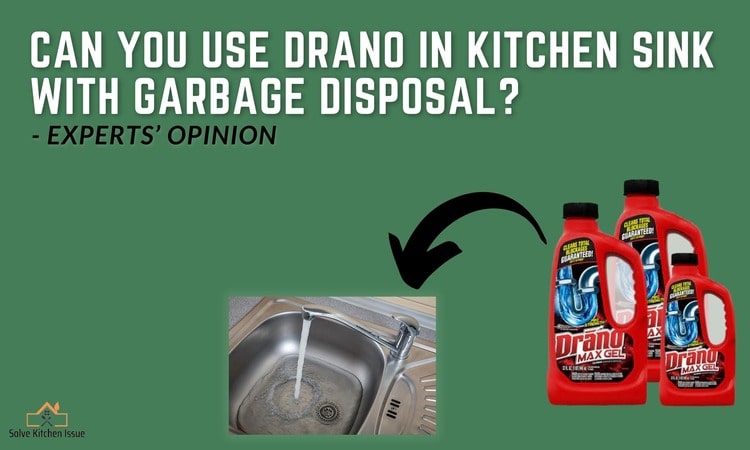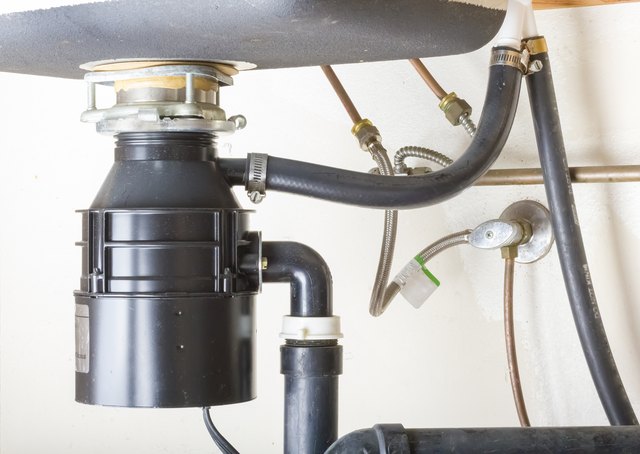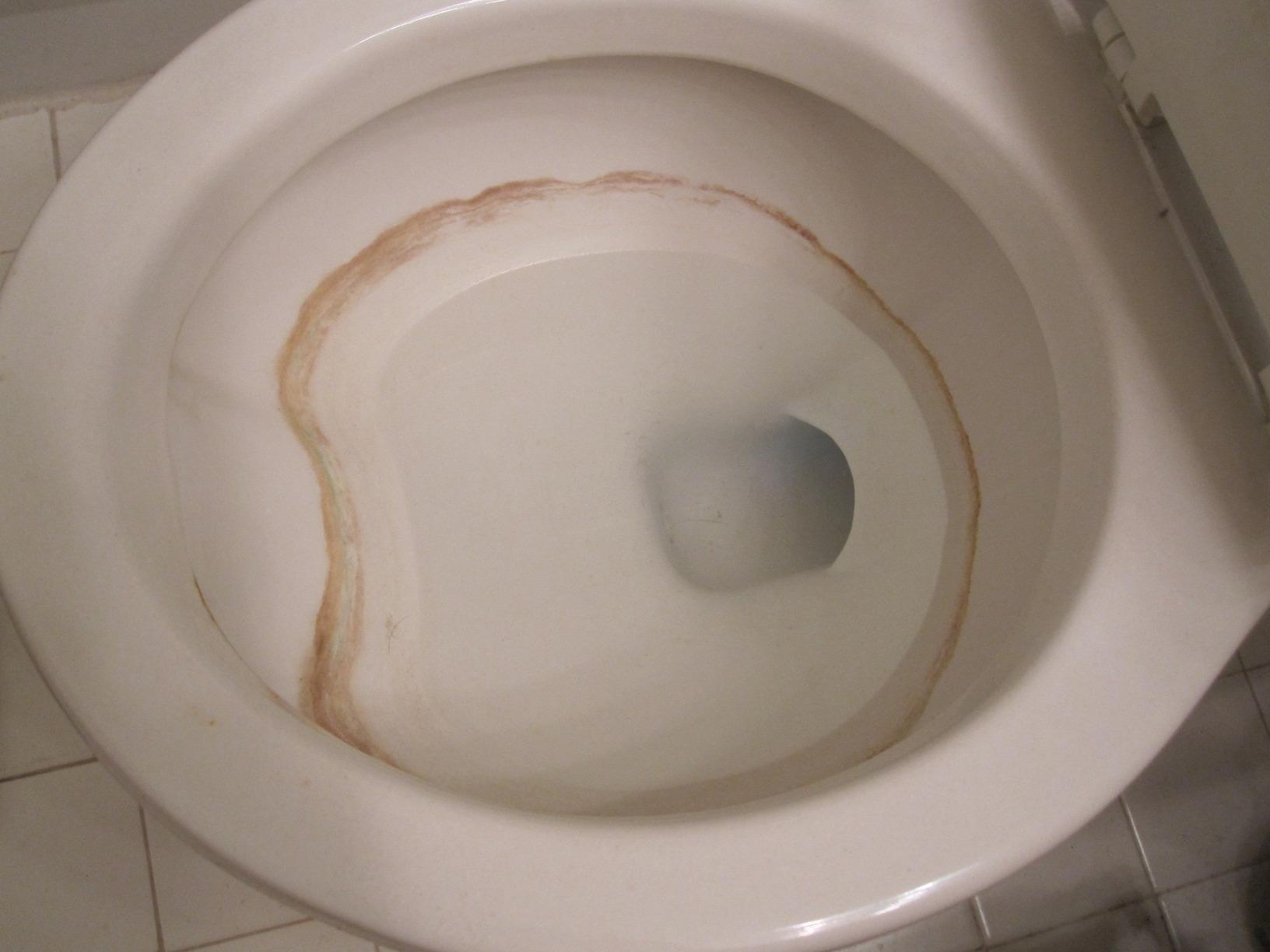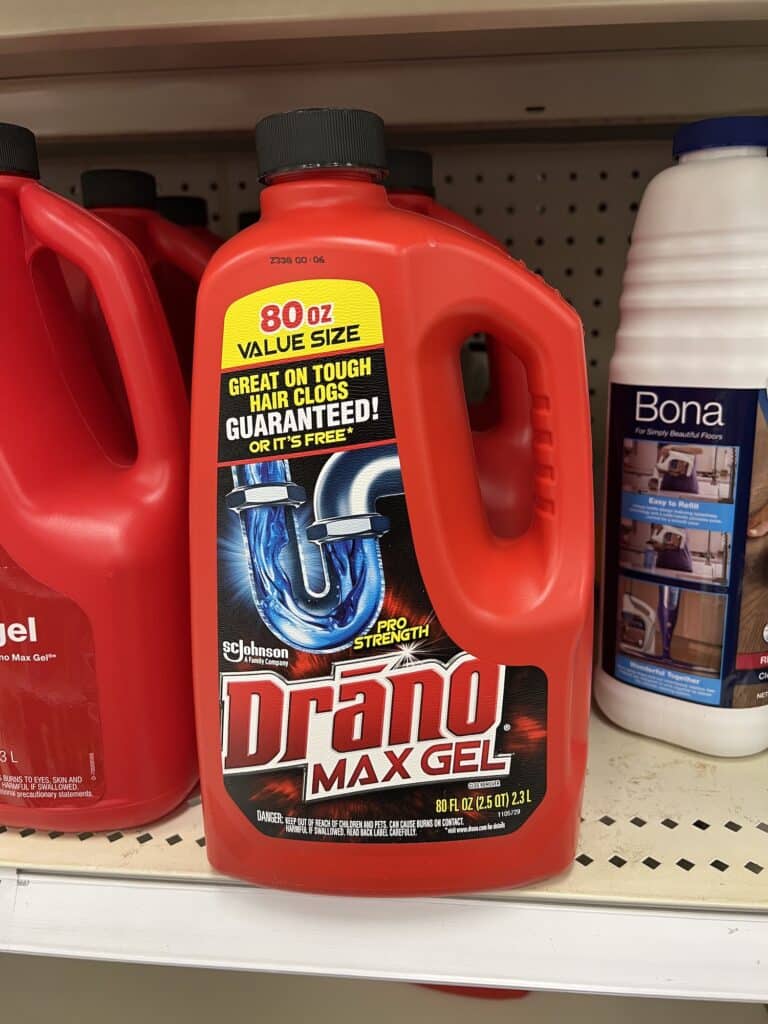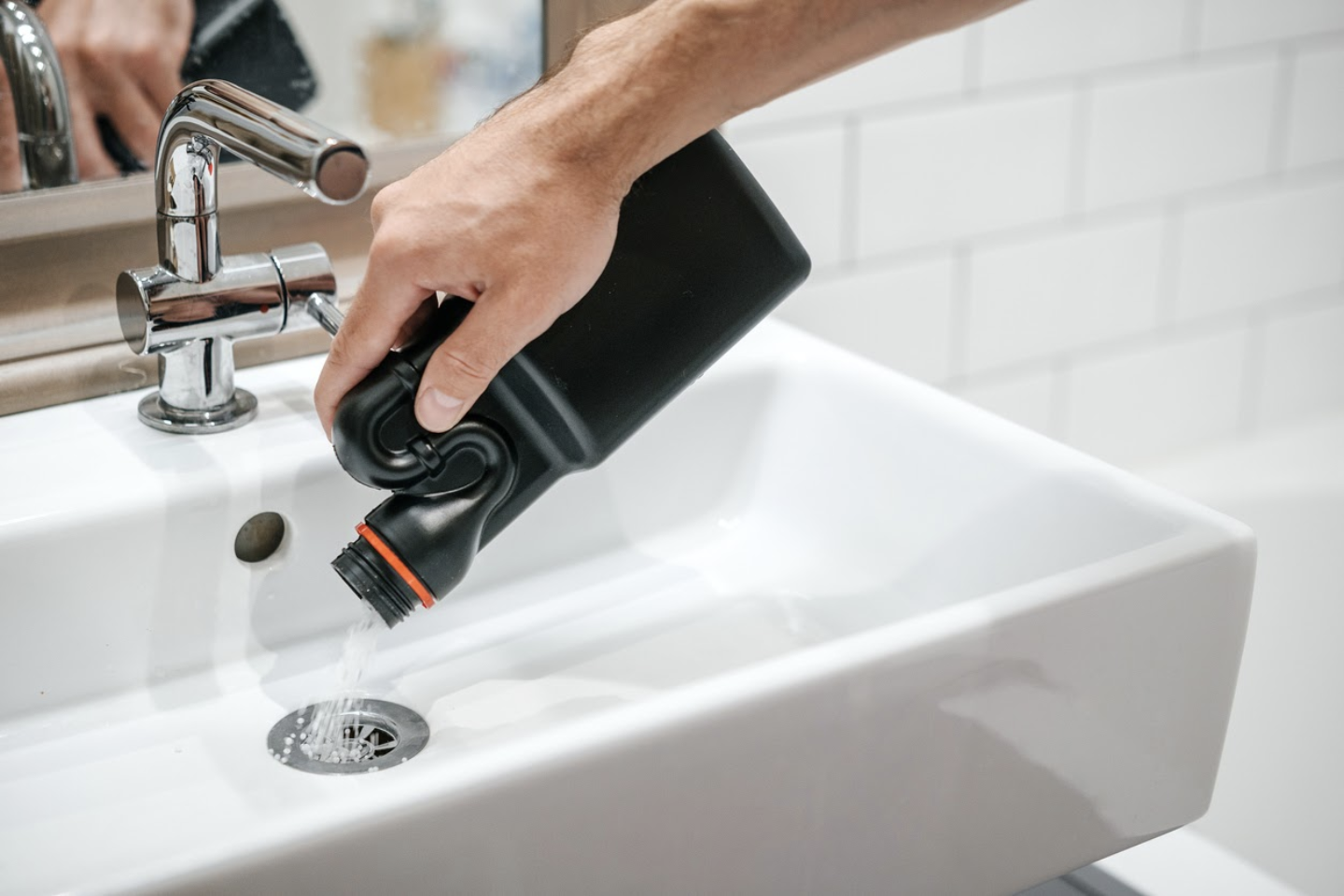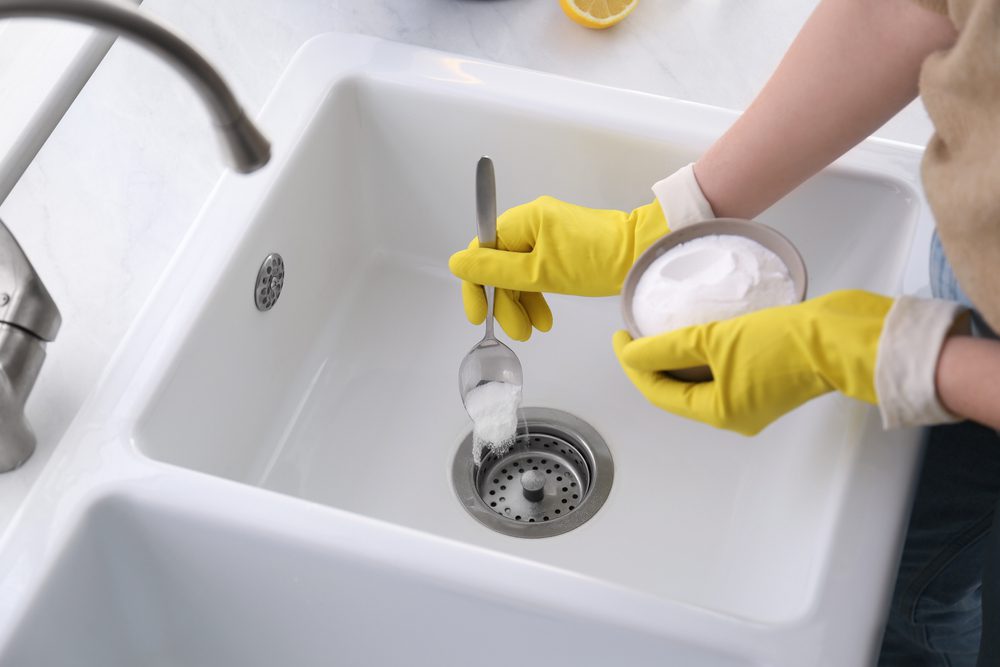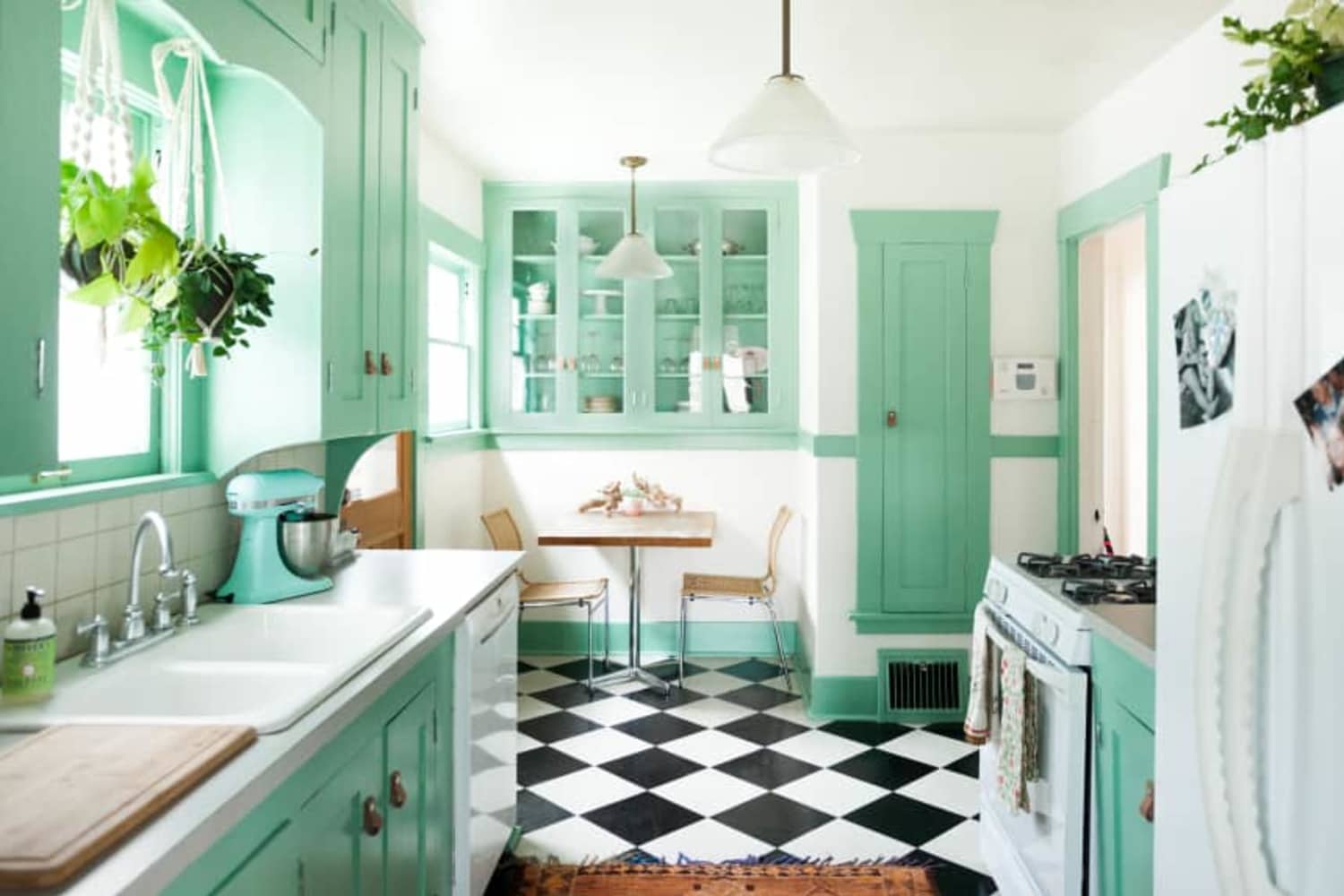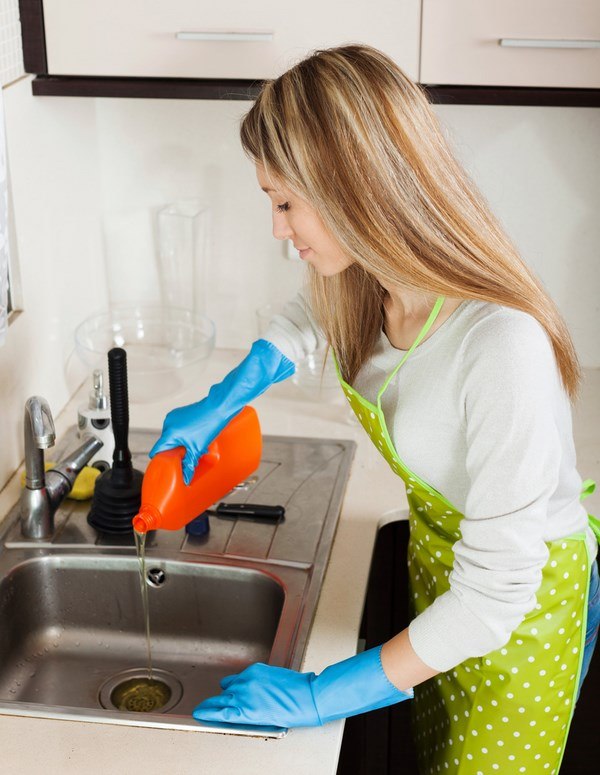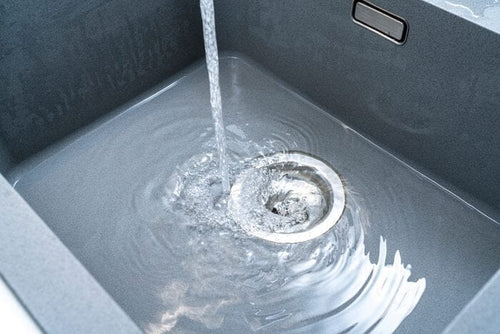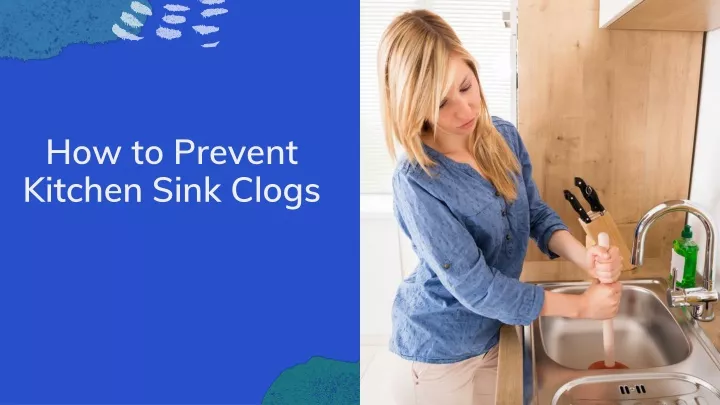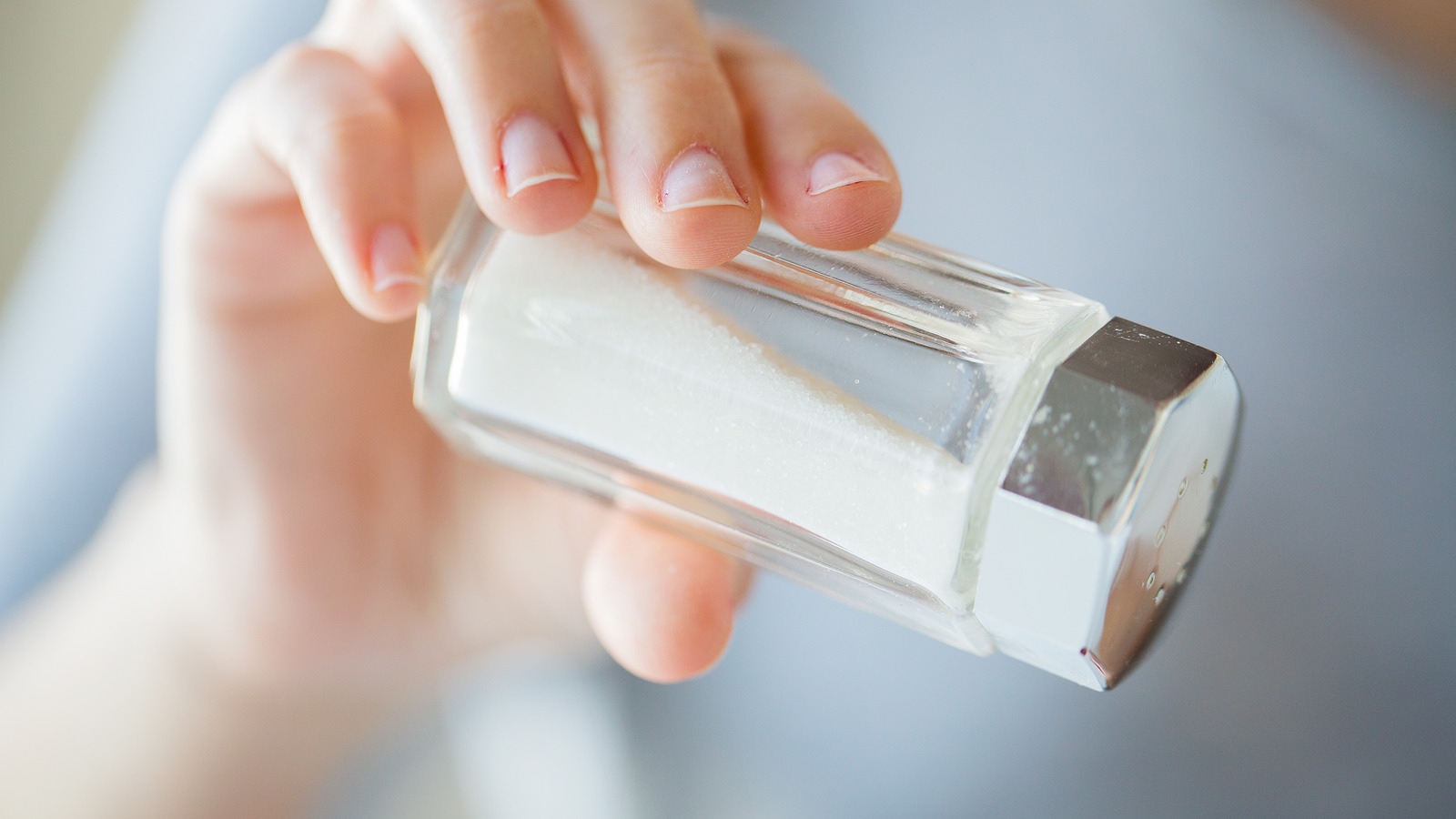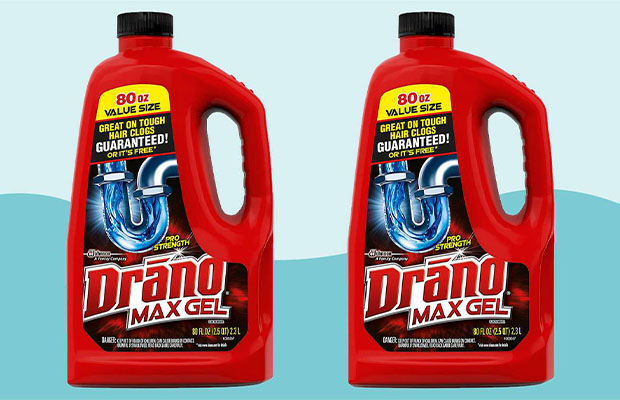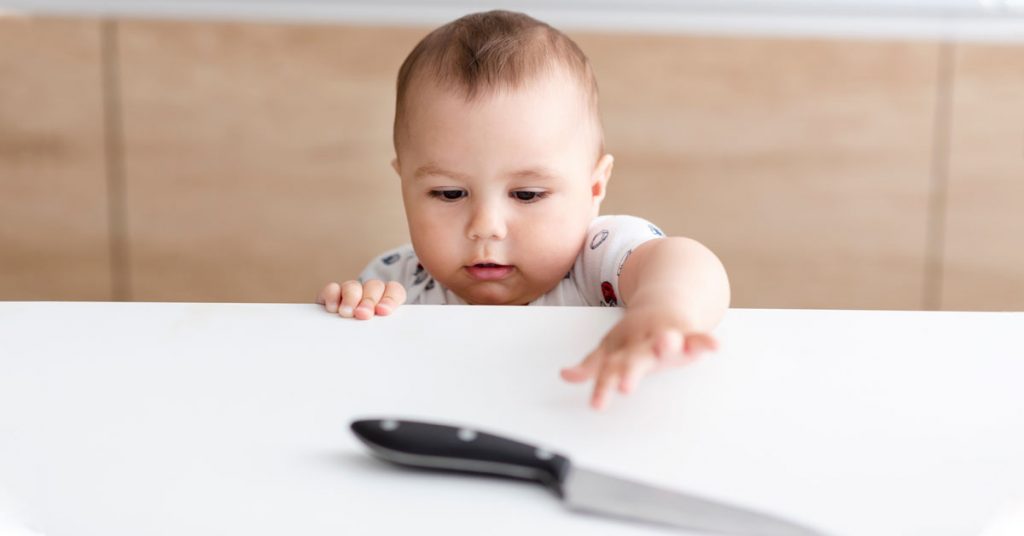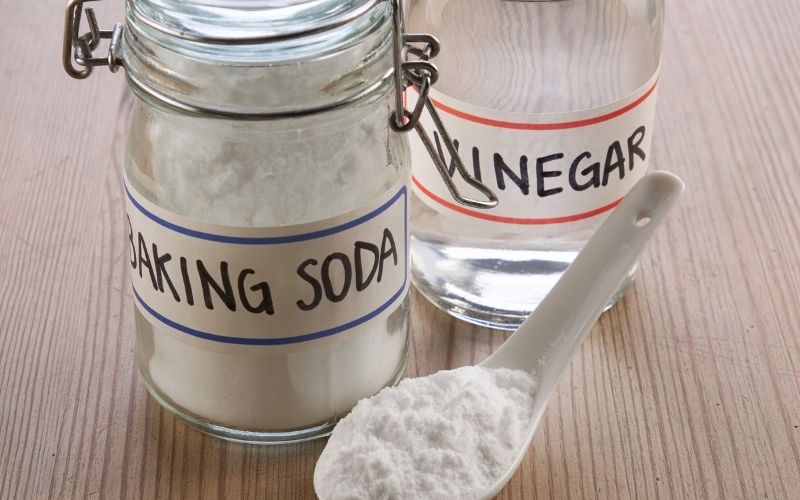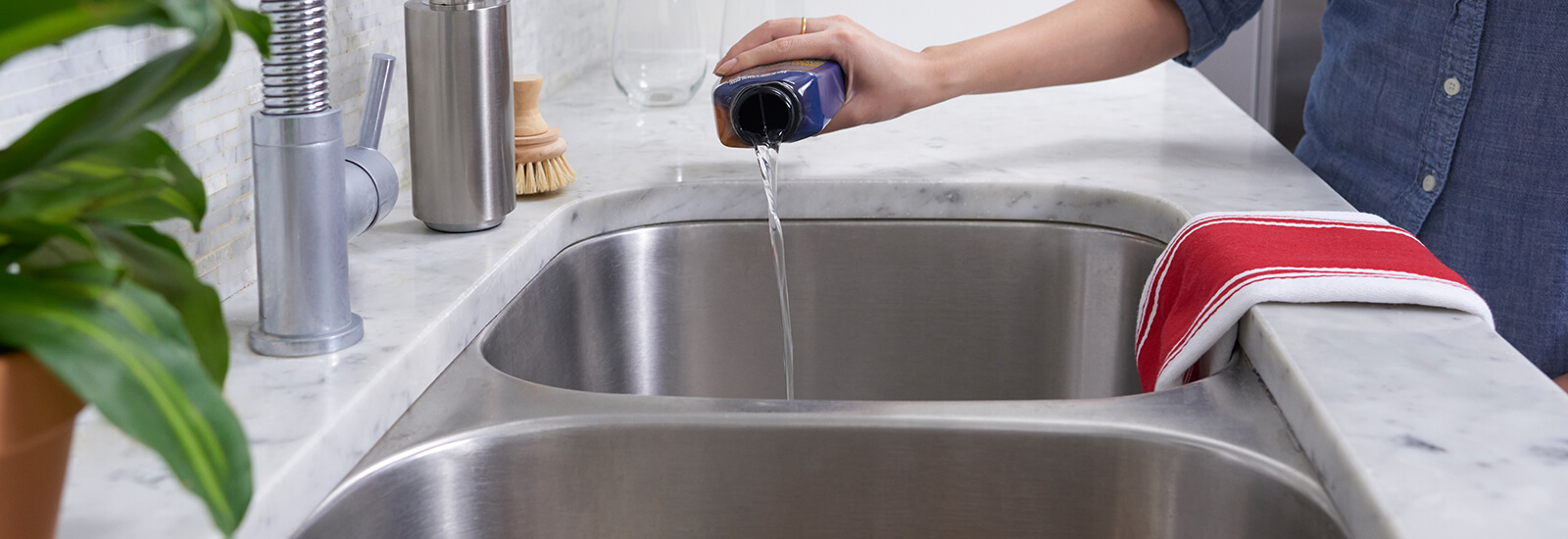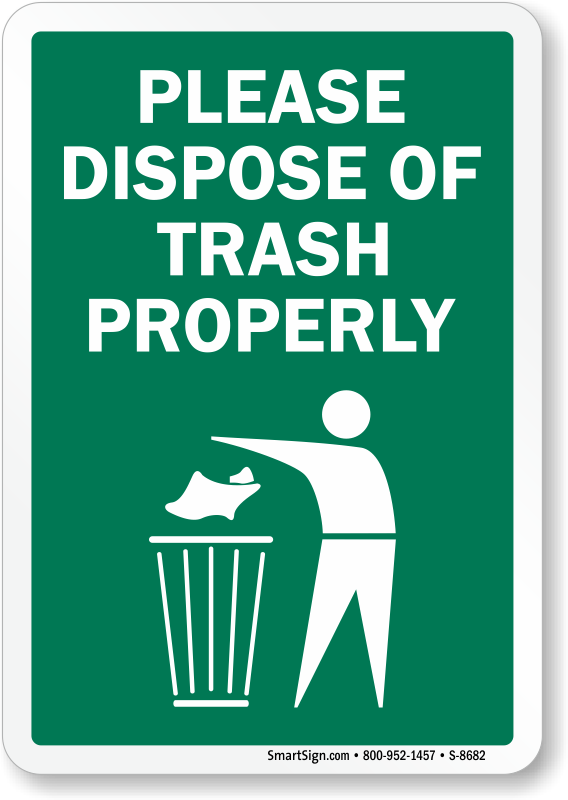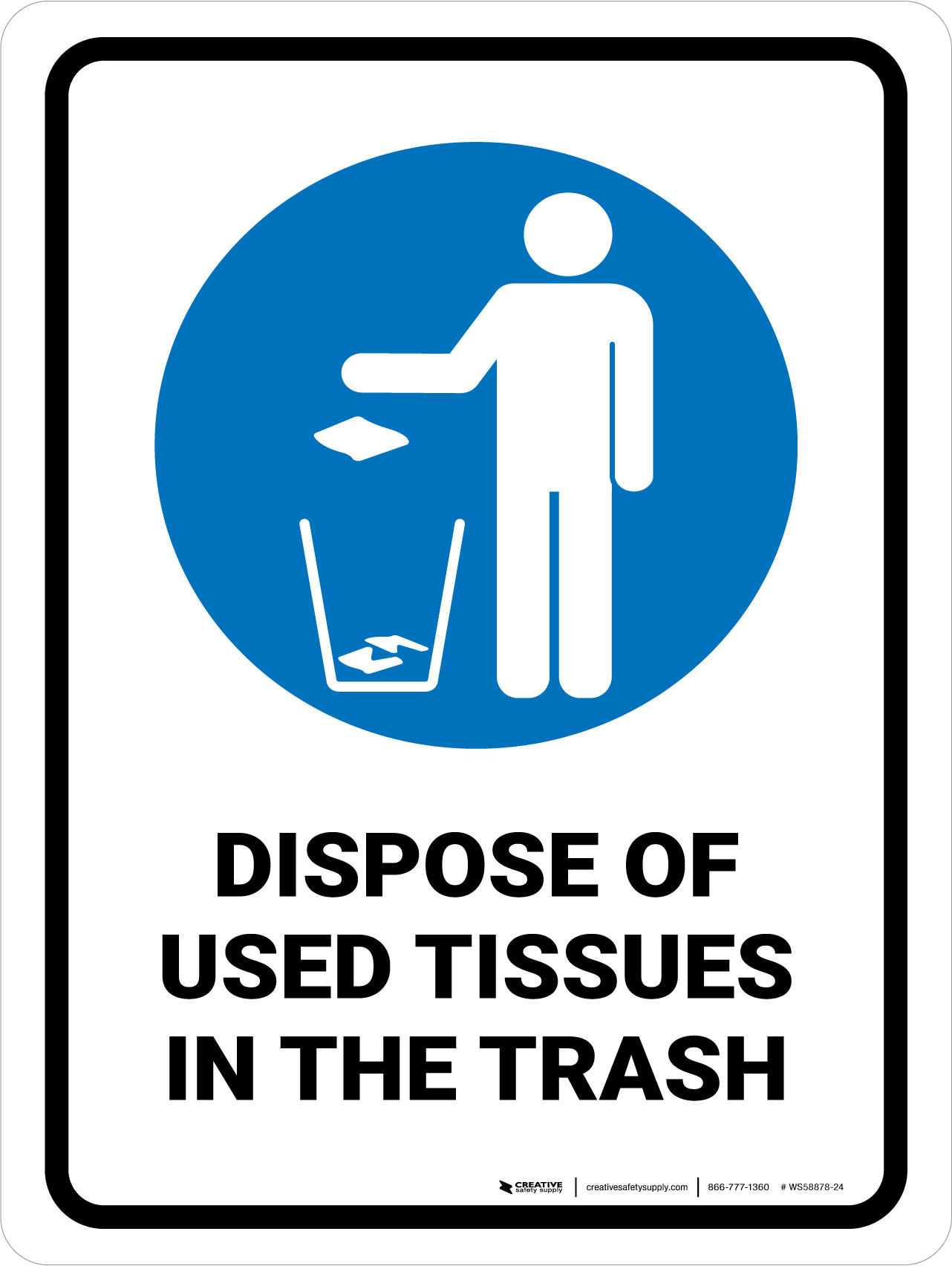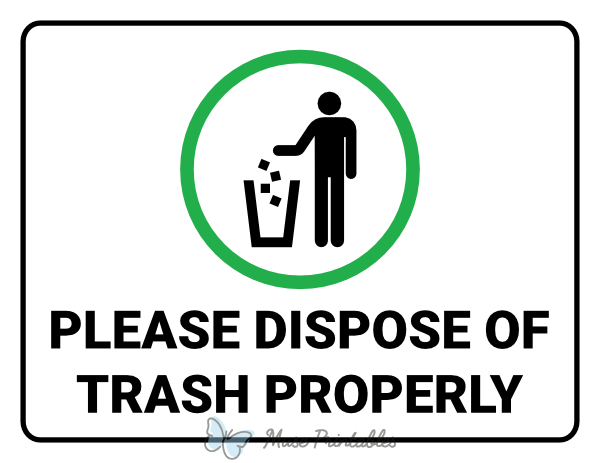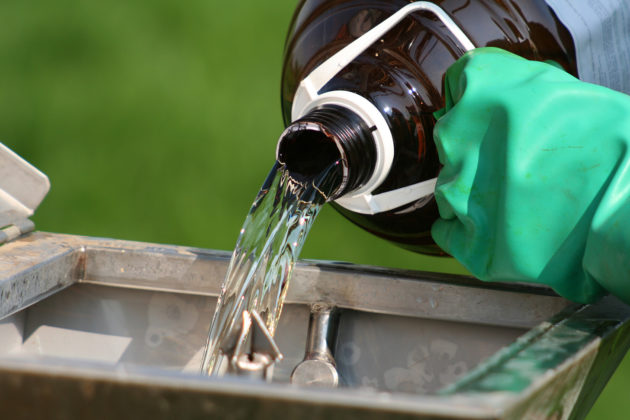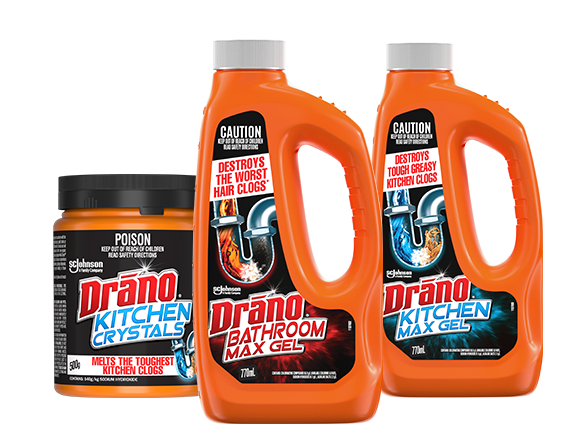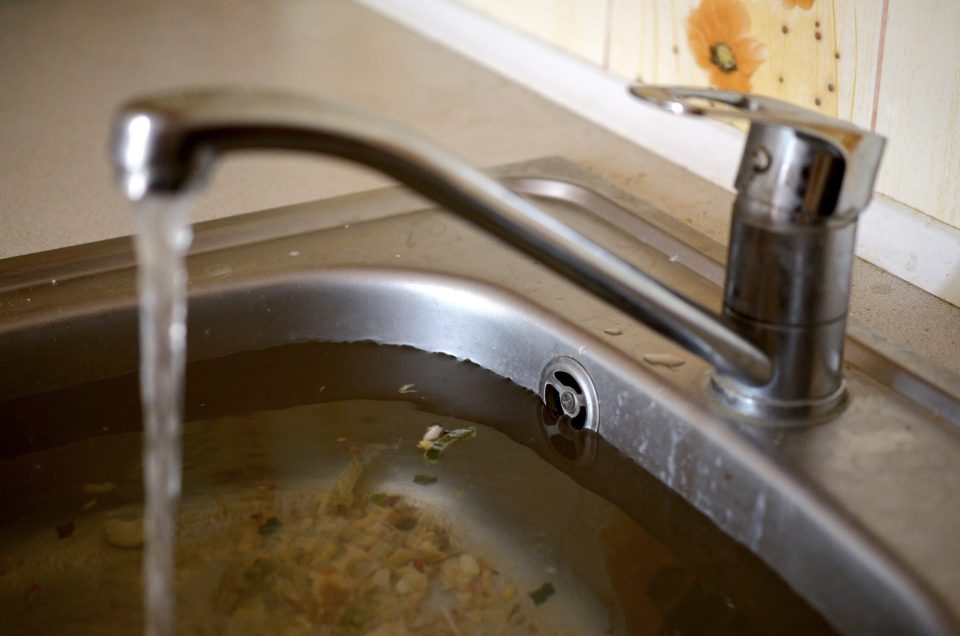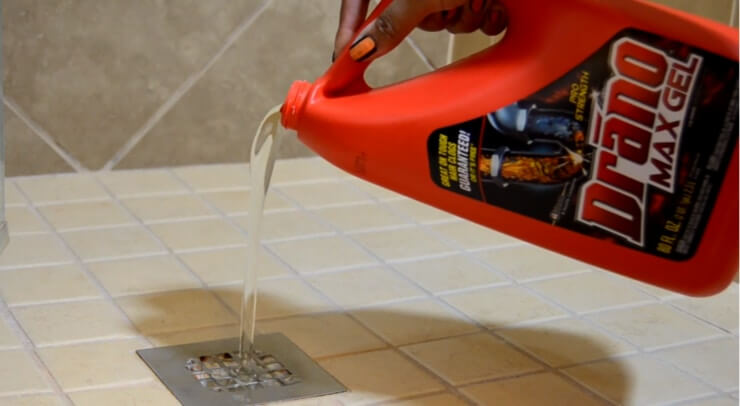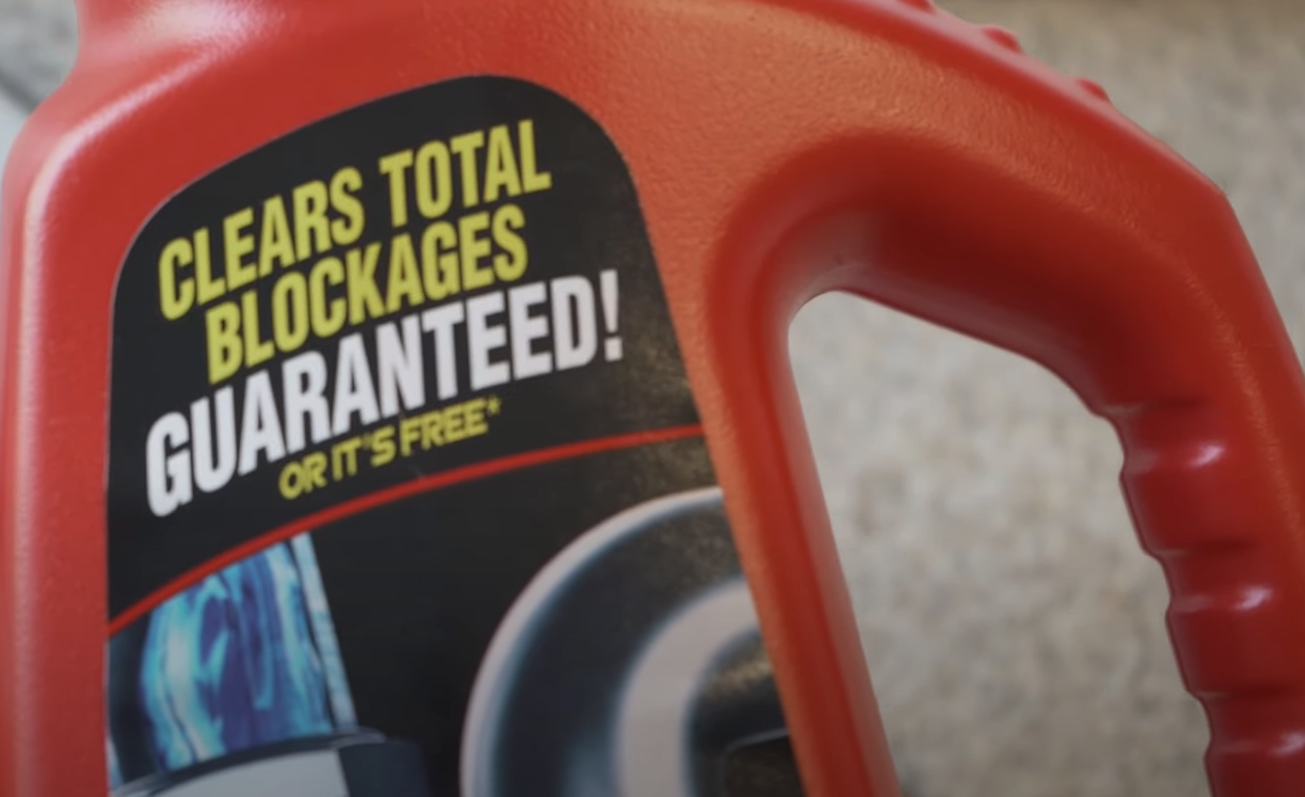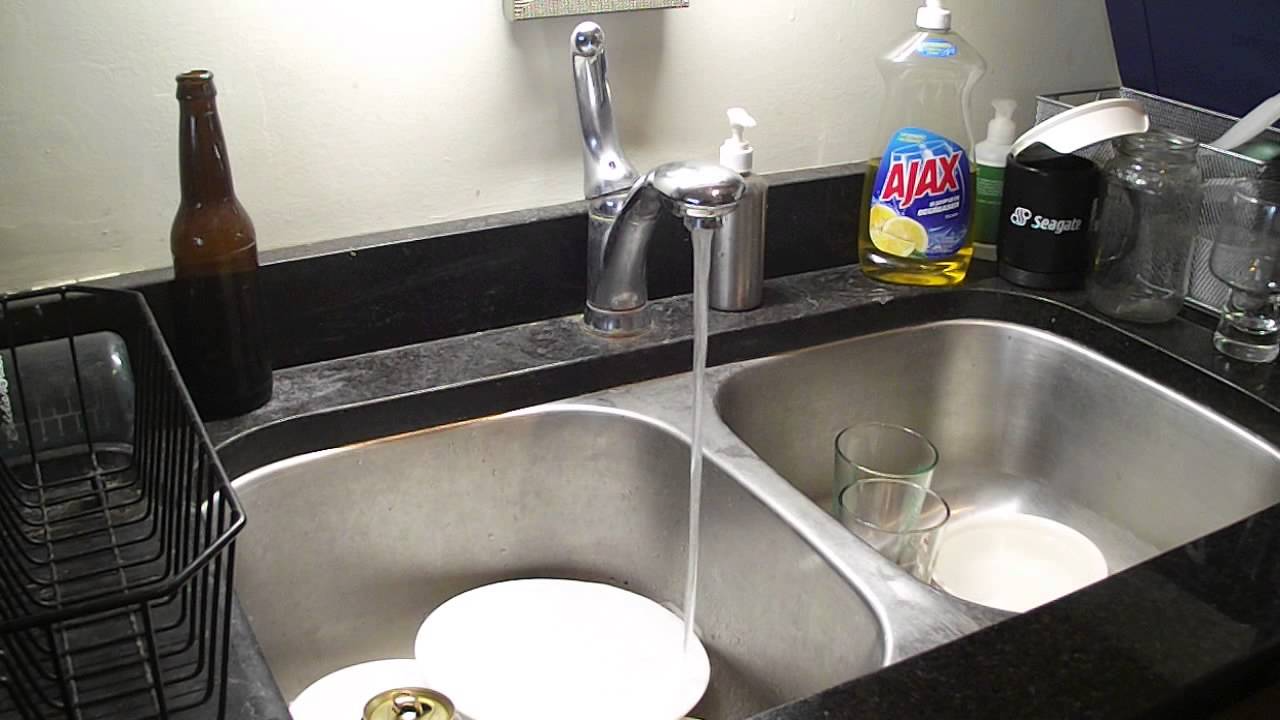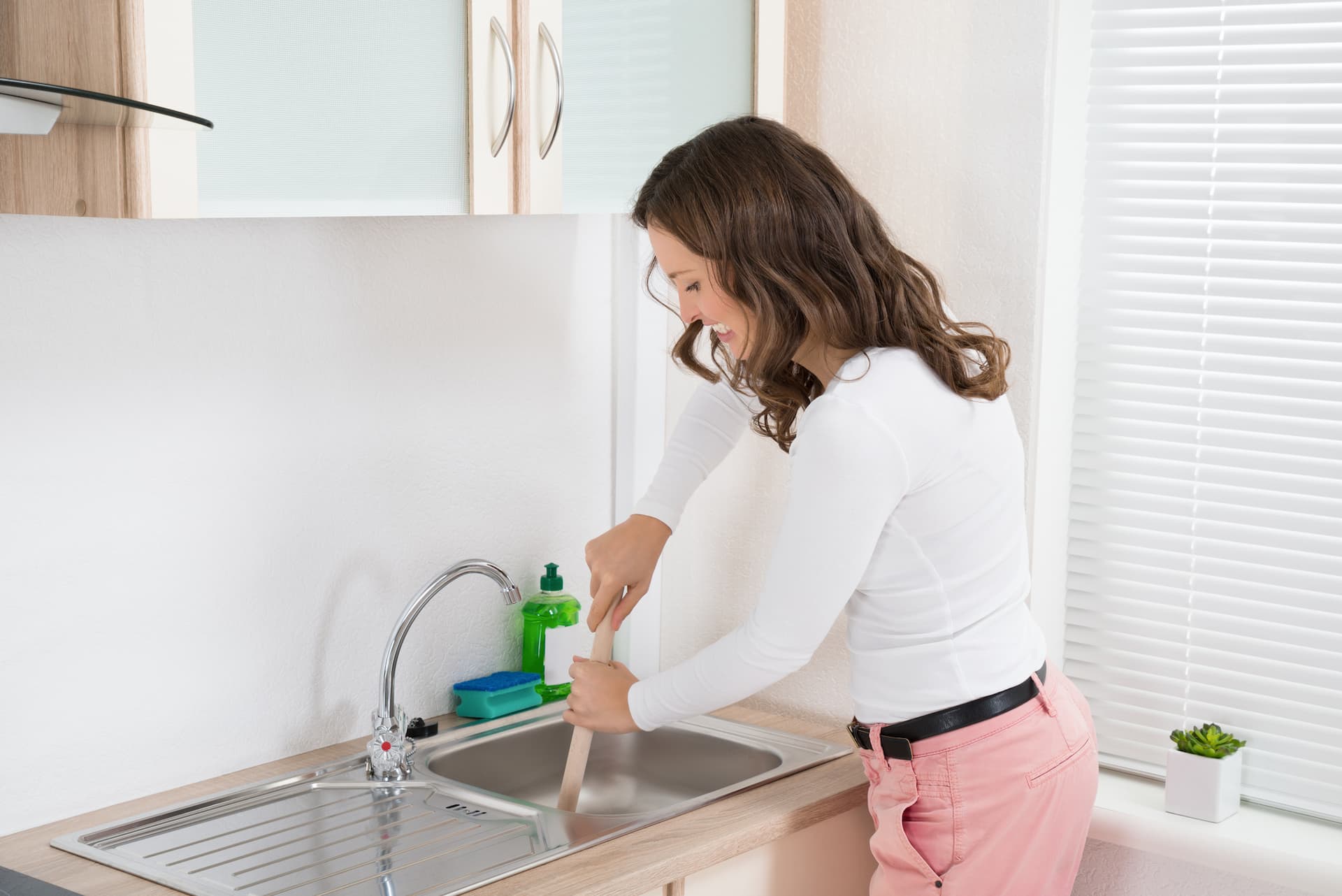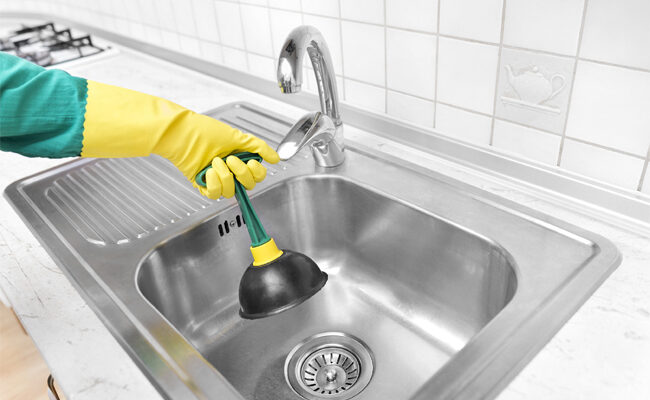When it comes to unclogging a kitchen sink, many people turn to Drano as their go-to solution. However, before reaching for that bottle of powerful drain cleaner, there are a few things you should know. First and foremost, it's important to understand how Drano works. The main ingredient in Drano is lye, a highly alkaline substance that can dissolve and break down organic matter, such as hair, grease, and food particles. When poured into a clogged drain, the lye reacts with the water to create heat, which helps to loosen and dissolve the blockage.Using Drano in the Kitchen Sink: What You Need to Know
While Drano can be an effective solution for unclogging a kitchen sink, it's important to use it safely. Before using Drano, make sure to read the instructions carefully and follow all safety precautions. One important thing to note is that Drano should only be used in metal or plastic pipes, as it can cause damage to older or weaker pipes. It's also important to never mix Drano with other household cleaners, as this can create toxic fumes. When using Drano, make sure to wear gloves and protective eyewear to avoid any contact with the skin. And always keep Drano out of reach of children and pets.How to Safely Use Drano in Your Kitchen Sink
One common question is whether or not Drano can be used in a kitchen sink with a garbage disposal. The answer is yes, but with caution. If your kitchen sink has a garbage disposal, it's important to first turn off the disposal and disconnect the power source before using Drano. Otherwise, the lye may react with any remaining food particles in the disposal and cause damage. It's also important to note that Drano may not be as effective in unclogging a sink with a garbage disposal, as the blades of the disposal can often break up and push through small clogs on their own.Can You Use Drano in a Kitchen Sink with a Garbage Disposal?
While Drano can be a quick and easy solution for unclogging a kitchen sink, there are some drawbacks to using it. For one, Drano can be harmful to the environment. The chemicals in Drano can contaminate water sources and harm aquatic life. It can also cause damage to your pipes over time, especially if used frequently. Furthermore, Drano is not always effective in completely clearing a clog. In some cases, it may only partially dissolve the blockage, causing it to resurface again in the future.Why You Shouldn't Use Drano in Your Kitchen Sink
If you're looking for a more environmentally-friendly and gentler solution for unclogging your kitchen sink, there are alternatives to Drano that you can try. One option is to use a plunger to manually push the clog through. Another option is to use a drain snake, which can physically remove the blockage from your pipes. You can also try using a mixture of baking soda and vinegar, which can help to dissolve and break down the clog.Alternatives to Drano for Unclogging a Kitchen Sink
The best way to deal with clogged sinks is to prevent them from happening in the first place. Here are some tips to help keep your kitchen sink clog-free:How to Prevent Clogs in Your Kitchen Sink
Aside from the potential harm to the environment, there are also some risks associated with using Drano in your kitchen sink. If Drano is not used properly, it can cause chemical burns on the skin and eyes. Inhaling the fumes can also be dangerous, especially for those with respiratory issues. And as mentioned earlier, Drano can also cause damage to your pipes over time, leading to costly repairs.The Dangers of Using Drano in Your Kitchen Sink
Once you've successfully unclogged your kitchen sink using Drano, it's important to dispose of the remaining liquid properly. Never pour Drano down the drain, as this can harm your pipes and the environment. Instead, seal the bottle and dispose of it in the trash. It's also a good idea to run hot water down the drain for a few minutes after using Drano to help flush out any remaining chemicals.How to Properly Dispose of Drano After Use
If you have a double kitchen sink, unclogging one side may be a bit trickier. Here are some tips to keep in mind:Using Drano in a Double Kitchen Sink: Tips and Precautions
If you've tried using Drano and other methods to unclog your kitchen sink without success, it may be time to call a professional plumber. A plumber will have the necessary tools and expertise to fully clear the clog and prevent it from reoccurring in the future. Plus, they can also inspect your pipes for any potential damage caused by using Drano or other harsh chemicals. With these tips and precautions in mind, you can safely and effectively use Drano to unclog your kitchen sink. Just remember to use it sparingly and properly dispose of it after use to avoid any negative effects on your plumbing and the environment.When to Call a Professional for Kitchen Sink Clogs
Why Drano Should Not Be Used in Kitchen Sinks
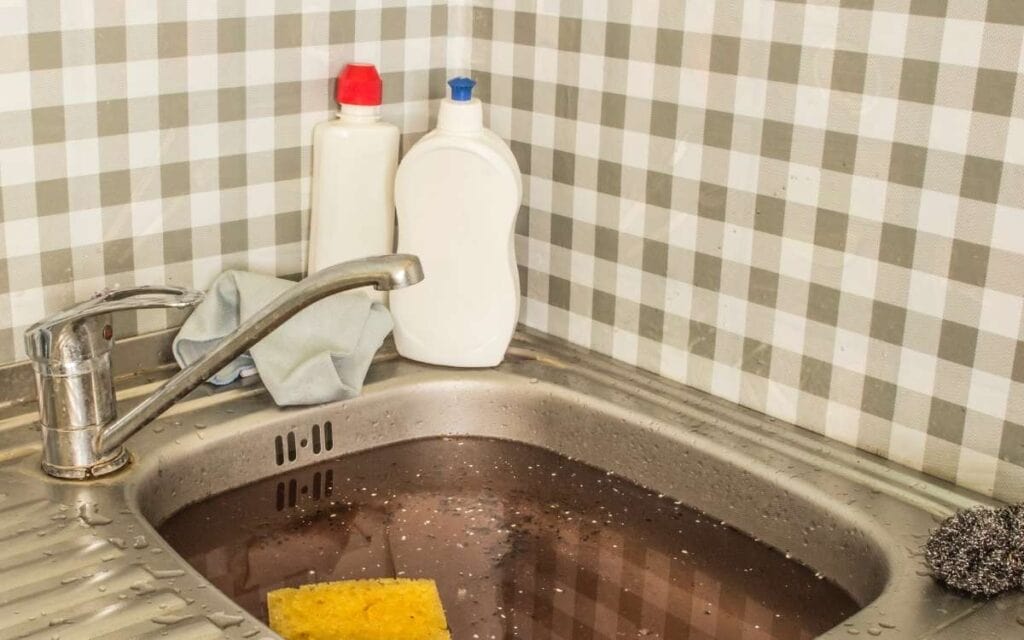
The Importance of Proper Drain Maintenance
 When it comes to maintaining a clean and functional kitchen, ensuring that your sinks are in good condition is crucial. One of the most common issues that homeowners face is clogged drains, which can be caused by a variety of factors such as food particles, grease build-up, and even foreign objects. To address this problem, many people turn to products like Drano, a popular drain cleaner, for a quick and easy fix. However, using Drano in your kitchen sink may do more harm than good in the long run. Here's why.
Drano Contains Harsh Chemicals
One of the main ingredients in Drano is sodium hydroxide, a strong chemical that can dissolve organic matter. While this may seem like a good thing for clearing out clogs, it can also cause damage to your pipes. The harsh chemicals in Drano can erode the lining of your pipes, leading to leaks and potentially costly repairs. Additionally, if not used correctly, Drano can also cause harm to your skin and eyes, making it a safety hazard for homeowners.
It Only Provides a Temporary Solution
Another reason why Drano should not be used in kitchen sinks is that it only offers a temporary fix for clogged drains. In most cases, Drano only clears out a small portion of the clog, leaving behind residue that can harden and cause an even bigger blockage in the future. This can lead to repeated use of the product, which can further damage your pipes and become a never-ending cycle of clogs and drain cleaner.
Alternative Solutions for Clearing Clogged Kitchen Sinks
Instead of relying on Drano, there are safer and more effective ways to clear clogs in your kitchen sink. One option is to use a plunger, which can create enough suction to remove the blockage without causing any damage to your pipes. Another solution is to use a drain snake, a long, flexible tool that can reach deep into your pipes to remove any obstructions. You can also try using a mixture of baking soda and vinegar, a natural and chemical-free alternative that can effectively dissolve grease and food particles.
In conclusion, while it may seem like a quick and easy solution, using Drano in your kitchen sink can do more harm than good. With its harsh chemicals and temporary results, it is not a sustainable solution for clogged drains. Instead, opt for safer and more long-term solutions to ensure the proper maintenance of your kitchen sink and pipes.
When it comes to maintaining a clean and functional kitchen, ensuring that your sinks are in good condition is crucial. One of the most common issues that homeowners face is clogged drains, which can be caused by a variety of factors such as food particles, grease build-up, and even foreign objects. To address this problem, many people turn to products like Drano, a popular drain cleaner, for a quick and easy fix. However, using Drano in your kitchen sink may do more harm than good in the long run. Here's why.
Drano Contains Harsh Chemicals
One of the main ingredients in Drano is sodium hydroxide, a strong chemical that can dissolve organic matter. While this may seem like a good thing for clearing out clogs, it can also cause damage to your pipes. The harsh chemicals in Drano can erode the lining of your pipes, leading to leaks and potentially costly repairs. Additionally, if not used correctly, Drano can also cause harm to your skin and eyes, making it a safety hazard for homeowners.
It Only Provides a Temporary Solution
Another reason why Drano should not be used in kitchen sinks is that it only offers a temporary fix for clogged drains. In most cases, Drano only clears out a small portion of the clog, leaving behind residue that can harden and cause an even bigger blockage in the future. This can lead to repeated use of the product, which can further damage your pipes and become a never-ending cycle of clogs and drain cleaner.
Alternative Solutions for Clearing Clogged Kitchen Sinks
Instead of relying on Drano, there are safer and more effective ways to clear clogs in your kitchen sink. One option is to use a plunger, which can create enough suction to remove the blockage without causing any damage to your pipes. Another solution is to use a drain snake, a long, flexible tool that can reach deep into your pipes to remove any obstructions. You can also try using a mixture of baking soda and vinegar, a natural and chemical-free alternative that can effectively dissolve grease and food particles.
In conclusion, while it may seem like a quick and easy solution, using Drano in your kitchen sink can do more harm than good. With its harsh chemicals and temporary results, it is not a sustainable solution for clogged drains. Instead, opt for safer and more long-term solutions to ensure the proper maintenance of your kitchen sink and pipes.
